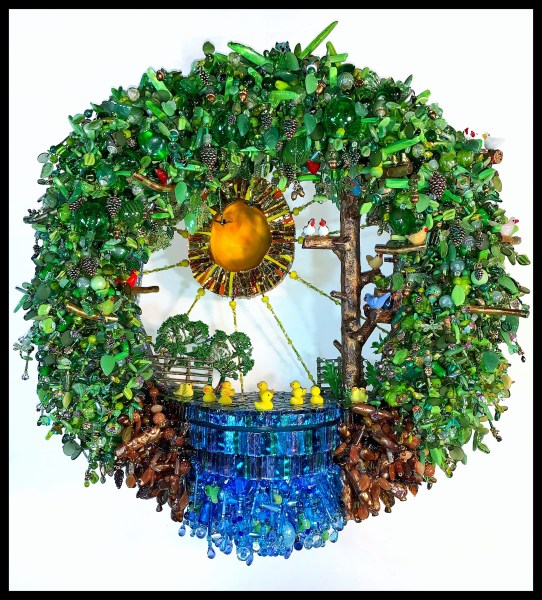Several years ago, I had the pleasure of working with a Chicago artist named David Philpot. David could fill a room with joy. I worked at a museum where he helped us run workshops for our teacher training program. Students that were usually distracted when visiting our museum would drop their jaws in silence when David showed up carrying one of his incredible art staffs (which were usually about 6 to 8 feet tall). From teachers to students, everyone listened eagerly to every word that David said. I am sharing his art today because his work should be even more widely recognized.


David Philpot was born in 1940 in Chicago. He was a self-taught mosaic artist and wood-carver who created intricately detailed and embellished art staffs. He used various discarded items to decorate his staffs, including jewelry, shells, mirrors, and beads. David carved the staffs out of locally sourced wood from the Ailanthus altissima tree or Tree of Heaven, which grow like weeds in Chicago. David used to tell his story about being called by a power higher to go outside to the ailanthus trees and cut one down (they are small trees). That was in 1971. It took him about one year to make his first staff. He went on to create 350 more staffs, which are now in collections all over the world.
Read more…


























